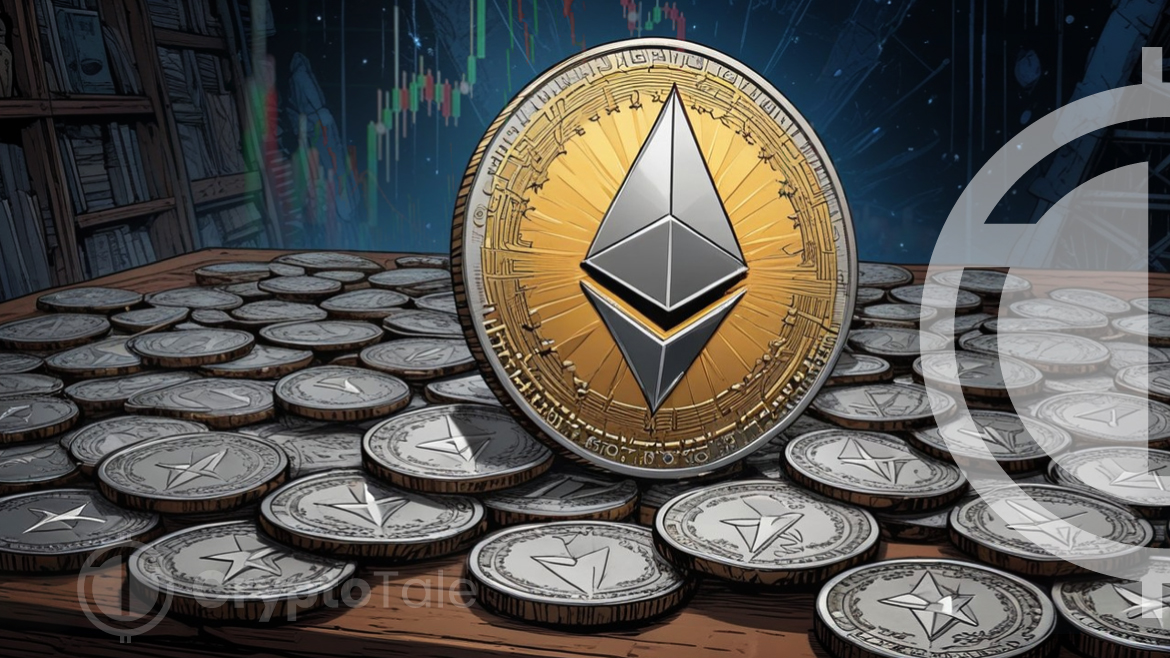- wstETH and rETH transactions reveal strategic investment behaviors influencing Ethereum price trends.
- Mid-level sharks holding rETH show predictive behaviors, indicating potential Ethereum price changes.
- wstETH and rETH holders’ movements help filter out non-trading activities, clarifying Ethereum market trends.
Ethereum remains a central hub for decentralized finance (DeFi), NFT transactions, and various blockchain applications. However, traditional methods of analyzing Ethereum’s market movements by monitoring whale and shark activities have often presented challenges due to their diverse utility. As a result, looking directly at these activities might only sometimes yield clear predictions about future market behaviors.
Instead, according to insight from Santiment, a market intelligence, a more nuanced approach involves examining specific Ethereum derivatives like Wrapped Staked Ethereum (wstETH) and RocketPool Ethereum (rETH). These tokens represent staked Ethereum within the Lido and RocketPool protocols, allowing users to engage in DeFi while earning staking rewards. The unique properties of wstETH and rETH make them potent market sentiment and investor behavior indicators.
wstETH’s rank of 202 in the market cap listings exemplifies its dual functionality of being used within DeFi applications while accruing staking rewards. This utility attracts active traders, providing a clearer picture of investment trends compared to the broader Ethereum movements, which may be diluted by non-trading activities like smart contract interactions or transaction fee payments.
Ethereum Nears Critical $4,200 Resistance: Will ETH Surge to a New ATH Soon?Similarly, rETH reflects the staking behaviors within RocketPool, a decentralized service. By focusing on holders of significant amounts of rETH, insights can be gleaned about mid-level sharks whose actions often prelude broader market shifts. This was evident when a drop in rETH holdings among these investors in late February followed a market downturn in March.
Moreover, the tier of investors holding between 10,000 and 1,000,000 RocketPool tokens (RPL) often serves as a barometer for overall market sentiment. Their trading patterns can signal impending market movements, providing a reliable indicator for those looking to anticipate changes in Ethereum’s price trajectory.
One key advantage of analyzing wstETH and rETH holders is the ability to filter out the noise. Many Ethereum transactions are unrelated to market speculation, such as interacting with smart contracts or paying transaction fees. By focusing on these wrapped and staked tokens, we can more accurately identify committed and strategic investments related to price expectations.
By understanding the behavior of these key stakeholders, market analysts and traders can gain better insights into Ethereum’s market dynamics. This approach allows for more informed decisions related to Ethereum and ERC-20 projects, filtering out the noise from non-trading activities and focusing on significant trading behaviors.
As of press time, Ethereum was trading at $3,740, with a decline of 1% in the past 24 hours. Despite the bearish outlook, ETH remains bullish on the monthly chart, surging by almost 20%. The market cap and trading volume are $450 billion and $14.5 billion, respectively.






